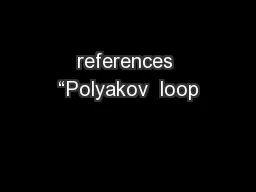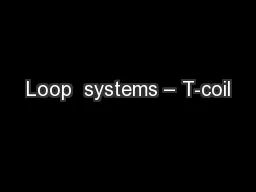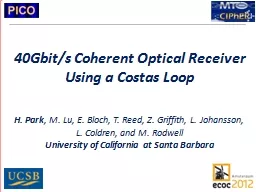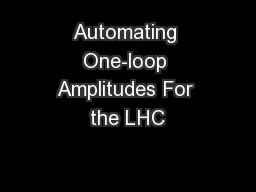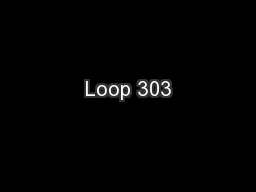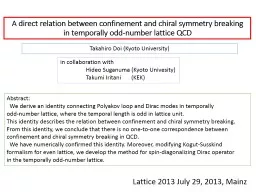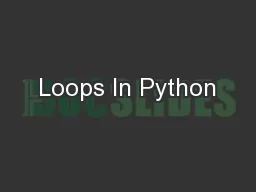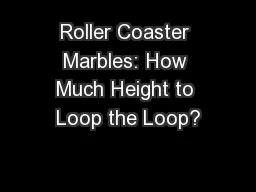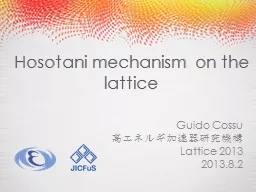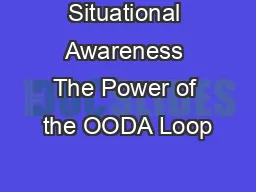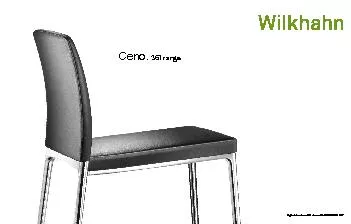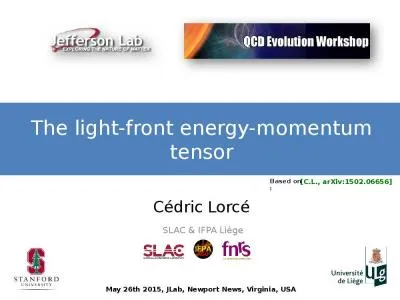PPT-references “Polyakov loop
Author : pasty-toler | Published Date : 2018-09-22
fluctuations in Dirac eigenmode expansion TMD K Redlich C Sasaki and H Suganuma Phys Rev D92 094004 2015 See also Relation between Confinement and Chiral Symmetry
Presentation Embed Code
Download Presentation
Download Presentation The PPT/PDF document "references “Polyakov loop" is the property of its rightful owner. Permission is granted to download and print the materials on this website for personal, non-commercial use only, and to display it on your personal computer provided you do not modify the materials and that you retain all copyright notices contained in the materials. By downloading content from our website, you accept the terms of this agreement.
references “Polyakov loop: Transcript
Download Rules Of Document
"references “Polyakov loop"The content belongs to its owner. You may download and print it for personal use, without modification, and keep all copyright notices. By downloading, you agree to these terms.
Related Documents

